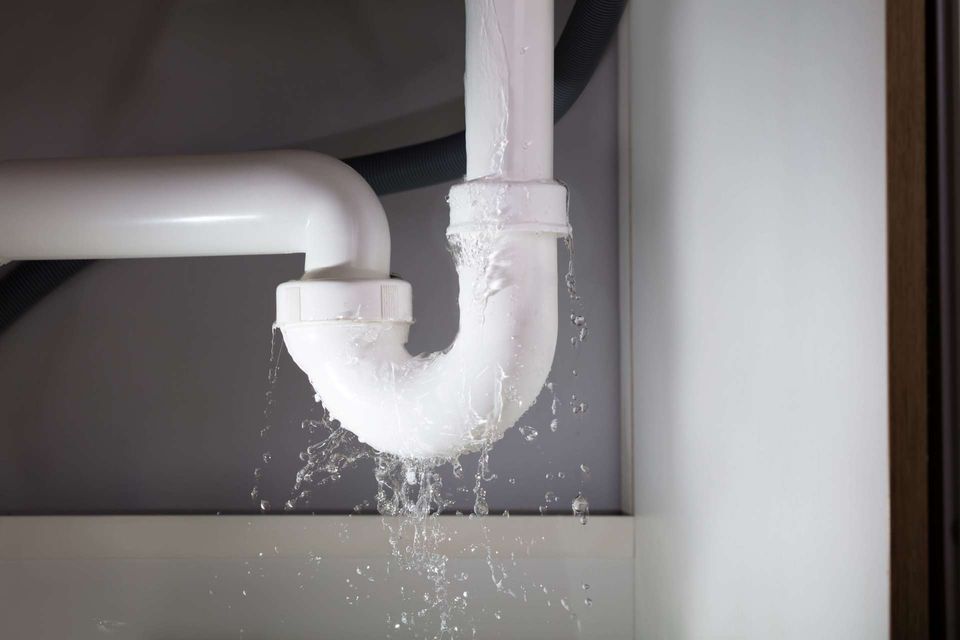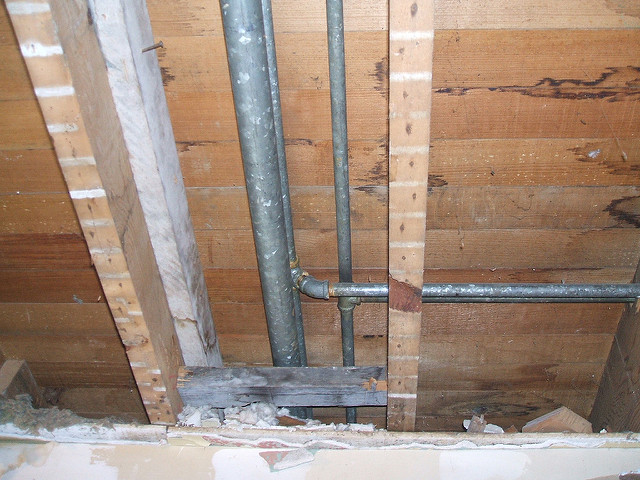How do you actually feel on the subject of Leaking water lines?

Early detection of leaking water lines can minimize a potential catastrophe. Apart from conserving you cash, it will minimize the worry and disappointment. The minute you locate a leakage, calling your plumber for repairs is the very best option. Nonetheless, some little water leakages might not be visible. Right here are some hacks that aid if you can not find it with your nude eyes.
1. Check Out the Water Meter
Inspecting it is a guaranteed way that helps you uncover leakages. If it moves, that indicates a fast-moving leakage. This suggests you may have a slow leakage that might even be underground.
2. Check Water Intake
If you identify sudden modifications, regardless of your intake being the same, it implies that you have leakages in your plumbing system. An abrupt spike in your bill indicates a fast-moving leakage.
On the other hand, a stable increase monthly, despite having the exact same behaviors, shows you have a sluggish leak that's likewise slowly escalating. Call a plumber to extensively check your residential property, specifically if you really feel a warm area on your floor with piping below.
3. Do a Food Coloring Examination
When it pertains to water usage, 30% comes from commodes. Test to see if they are running effectively. Decrease flecks of food color in the container as well as wait 10 minutes. There's a leak between the storage tank and bowl if the shade somehow infiltrates your dish during that time without flushing.
4. Asses Outside Lines
Don't neglect to inspect your outdoor water lines also. Must water seep out of the link, you have a loosened rubber gasket. One tiny leakage can squander loads of water and also spike your water costs.
5. Examine the situation and inspect
House owners ought to make it a practice to examine under the sink counters and also inside cabinets for any type of bad odor or mold and mildew development. These two red flags show a leakage so prompt interest is called for. Doing regular examinations, even bi-annually, can save you from a major issue.
Check for stainings and also damaging as most devices and pipes have a life expectations. If you suspect leaking water lines in your plumbing system, do not wait for it to rise.
Early detection of leaking water lines can alleviate a possible disaster. Some tiny water leaks might not be noticeable. Examining it is a surefire method that assists you find leakages. One little leakage can throw away loads of water and increase your water bill.
If you presume leaking water lines in your plumbing system, don't wait for it to rise.
How to Know If Your Home Has a Hidden Leak
Water Meter Reveals Inexplicable Water Usage
If you’d like to test whether or not there’s a leak somewhere in your home, you can do this using your water meter. Here is how to conduct the test:
Don’t use any water in your home for at least 30 minutes; this also means not turning on faucets or water-using appliances.
Go outside, and check your water meter for activity.
If your water meter shows that there was activity, even though no one was using any water, this proves that there is a leak in your home.Visible Mold or Mildew Growth
Leaks behind walls create moist, dark environments that allow mold and mildew to grow and thrive. Eventually, you might see mold growth forming on the wall closest to a hidden leak.
If mold is growing in an area that receives a high amount of moisture, such as a bathroom, it may simply be an indication that better ventilation is needed. However, if you see mold growth on a wall or the ceiling in an area where you would not expect, you probably have a hidden leak.
Musty, Mildew Odor
Sometimes you might not be able to see the mold or mildew that is growing as a result of a leak. However, the smell can give the problem away just as easily. If you catch a whiff of something musty, there’s a good chance that old water is collecting somewhere in your home that you can’t see.
Stained/Warped Walls, Ceilings, or Floors
When your home soaks up water, a variety of red flags can become visible, including ceiling stains, bubbling drywall, warped walls, and sagging floors. While these issues can be caused by excess humidity, they can also be signs that a pipe or plumbing connection has started leaking behind your walls.
Inexplicably High Water Bill
After a while, you get a general sense for what your water bill should be. If you own a pool or sprinkler system, your bill will tend to be higher during summer. However, if you receive a water bill that seems especially high, and you can’t figure out what caused it, then you may have a hidden leak somewhere that’s increasing your bill.
https://www.plumbingjoint.com/blog/2019/july/how-to-know-if-your-home-has-a-hidden-leak/

I stumbled upon that review on Finding hidden leaks when surfing around the search engines. Sharing is caring. You never know, you might be doing someone a favor. Thank you so much for taking the time to read it.